Functionally and Geometrically Ordered Ti Armor
Ballistic Tests for Ti Composite Armors
1: Material Properties
Various armor configurations have been fabricated using powder metallurgy processes to combine metal and ceramic materials. Because of the flexibility of powder processing, there is essentially no limit to the complexity of structures that can be produced. The physical properties of blended and consolidated titanium and ceramic powders can vary broadly as illustrated by the following examples showing the range of hardness and elastic modulus that has been demonstrated.
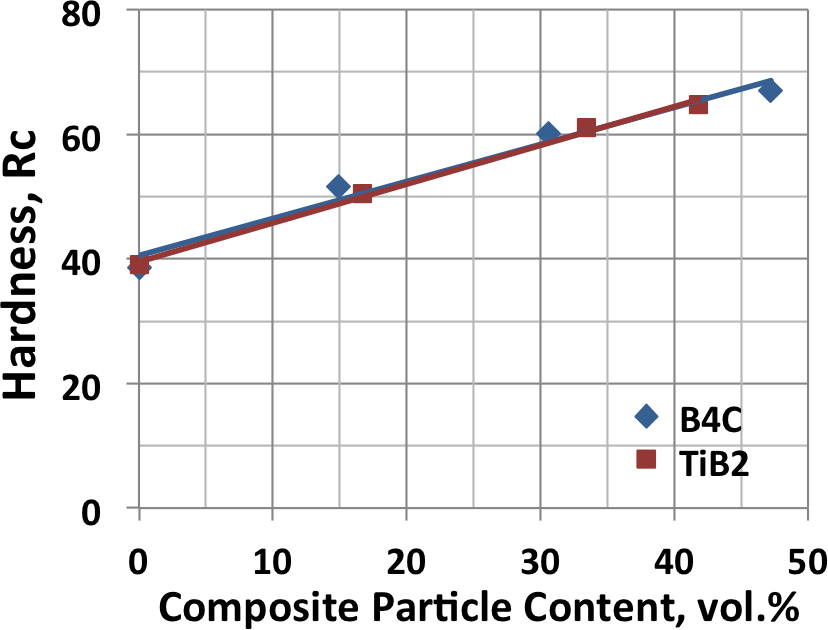
|
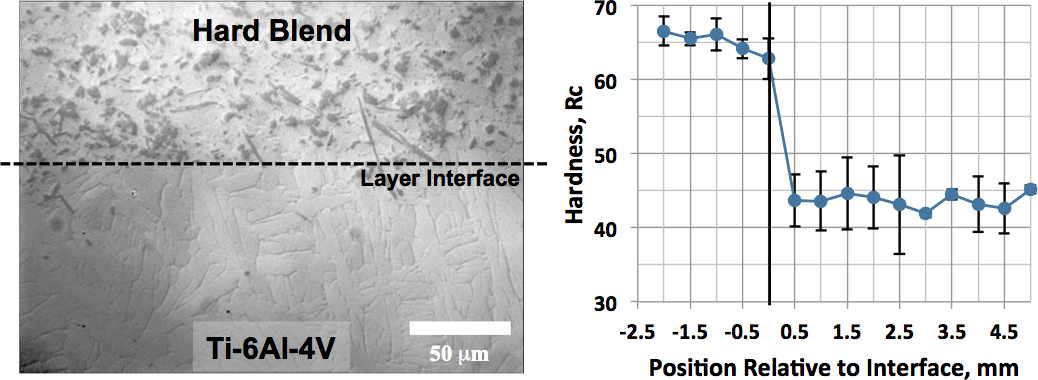
|
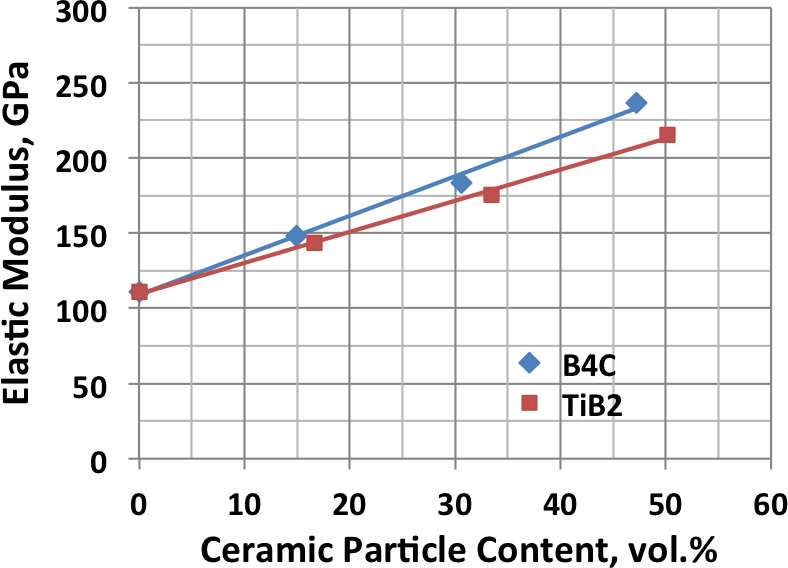
|
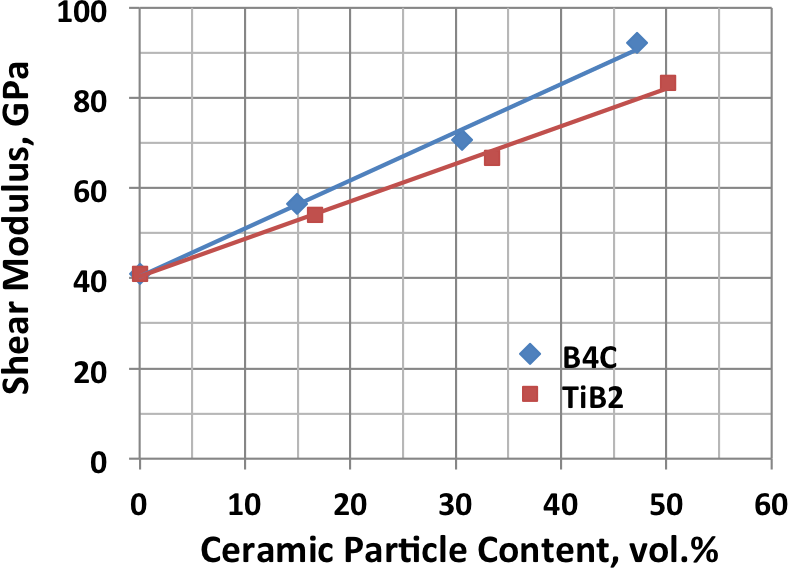
|

|
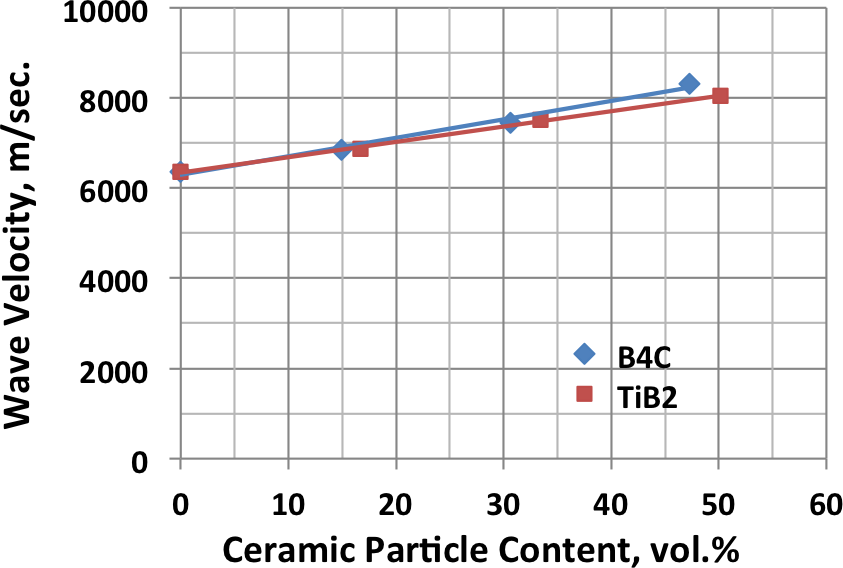
|

|